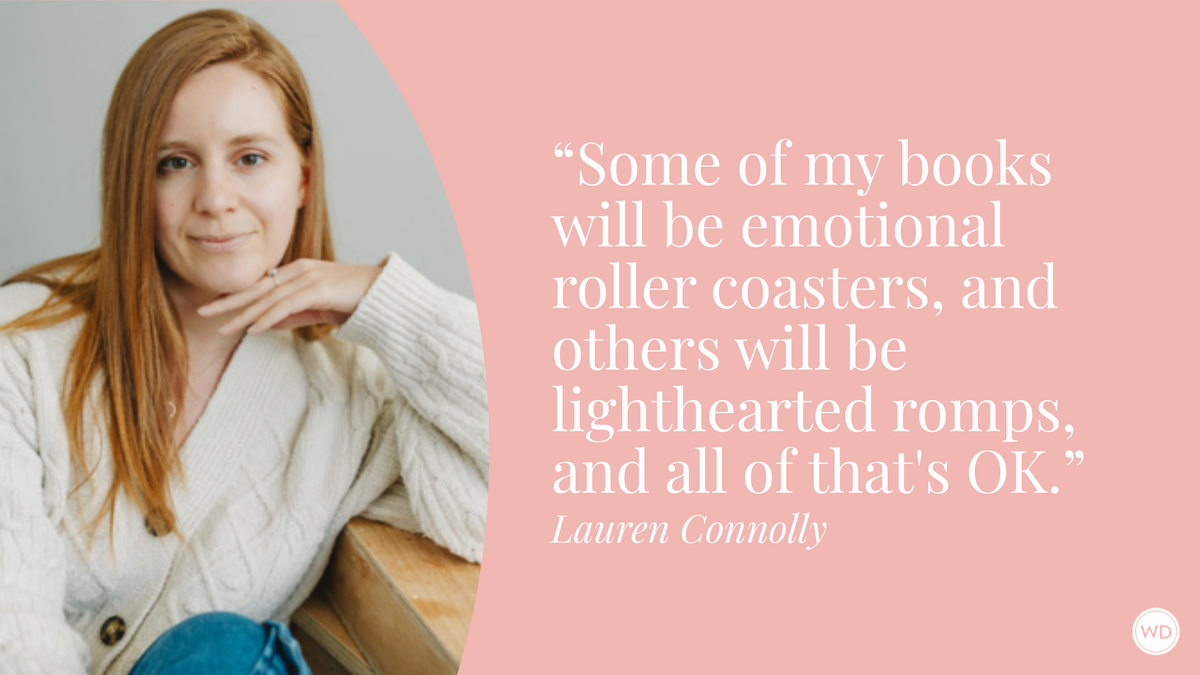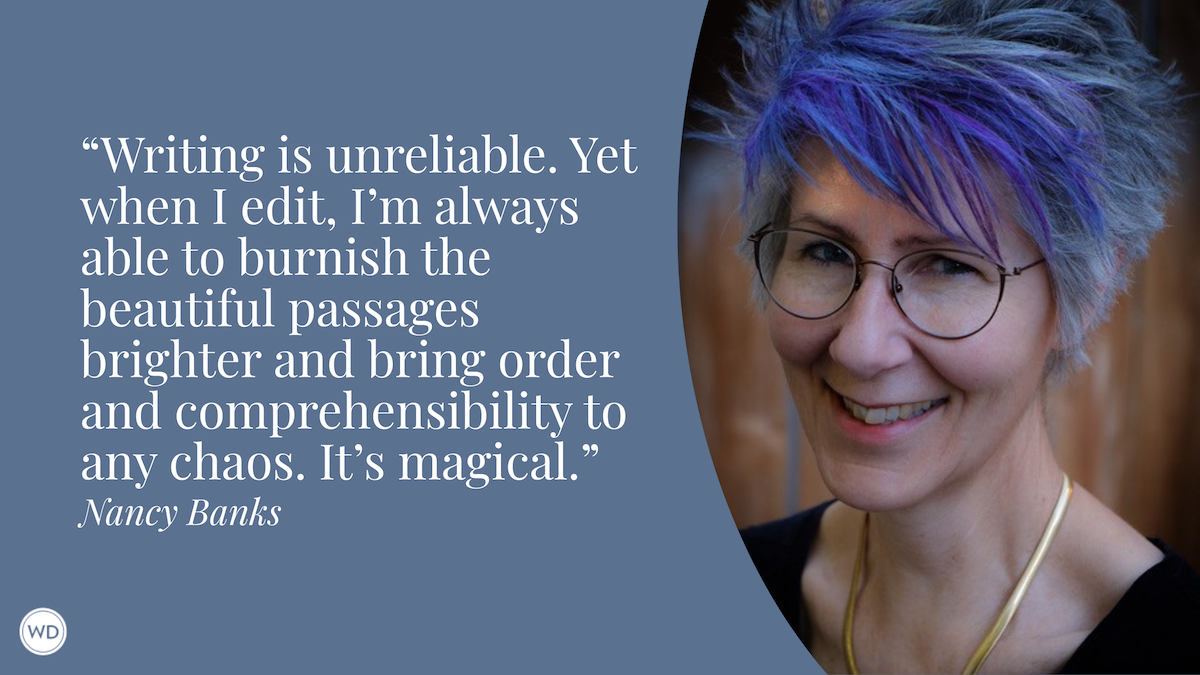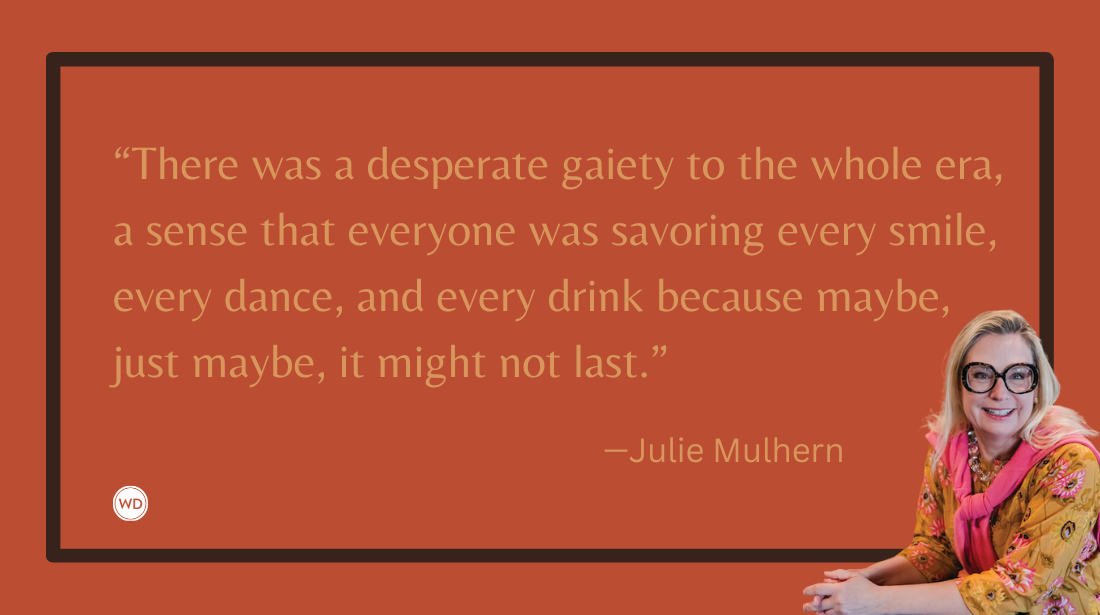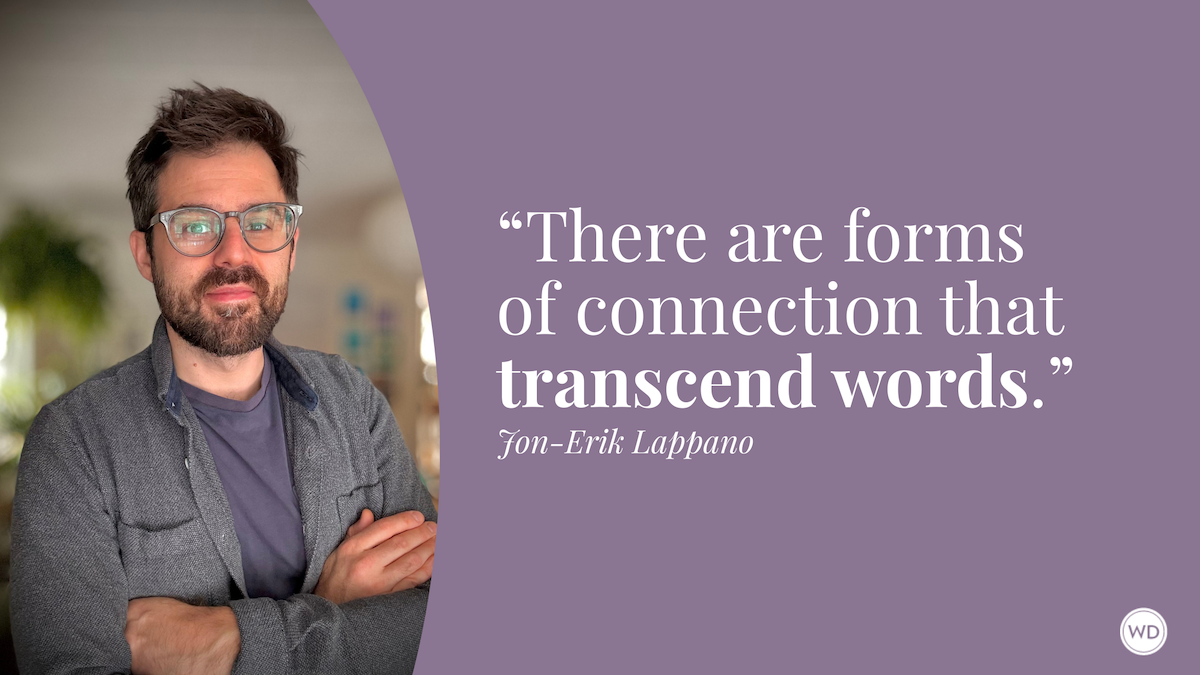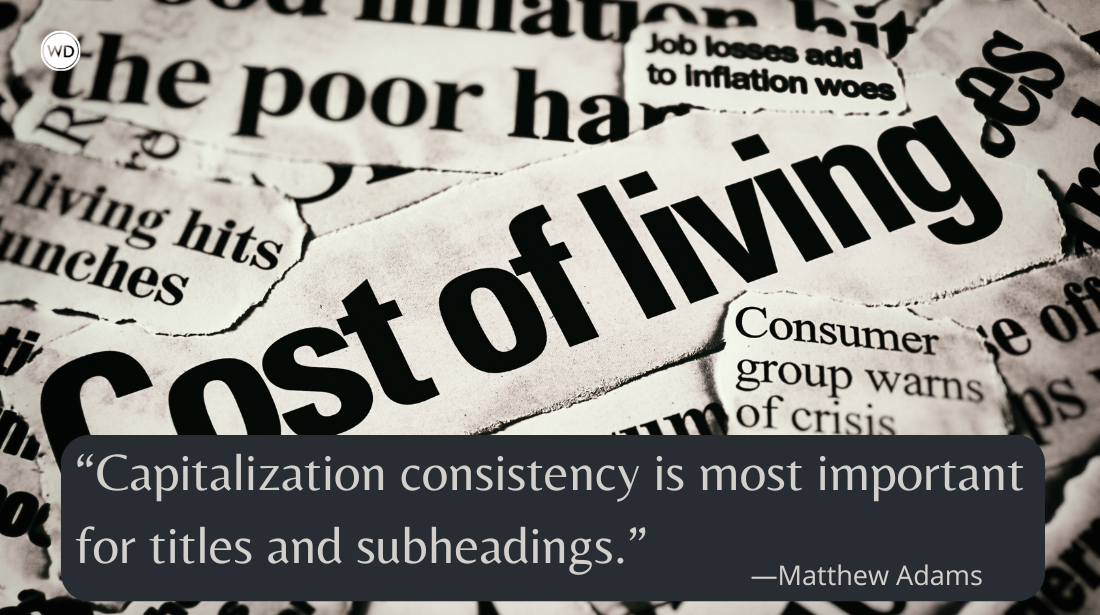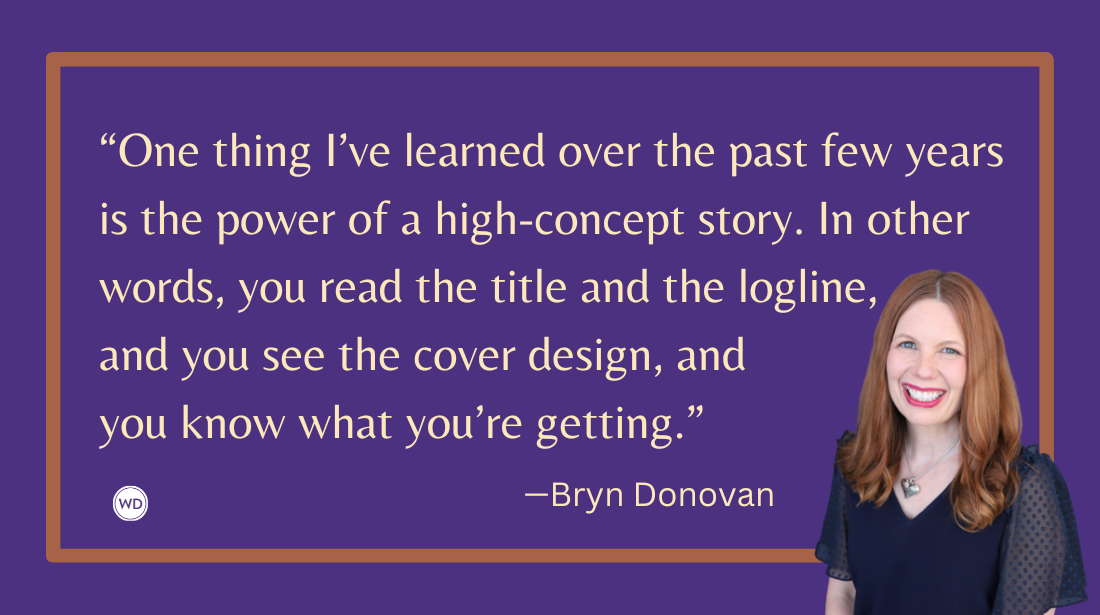6 Tips to Writing a Bestselling YA Series
So you want to be a bestselling YA author? Let New York Times and USA Today Bestselling Author Lauren DeStefano and her agent Barbara Poelle walk you through the steps.
Hi there! So you want to be a bestselling YA author? Great! Let me just get you all set with your New York Times write up and your parking spot here between "Collins" and "Rowling." Let me know what color slippers you 'd like and if you have any dietary restrictions on your never-ending snacks.
Oh wait. Hang on. It might take a little more effort than I may have realized. I know what we should do, let's grab New York Times and USA Today Bestselling Author Lauren DeStefano and ask her. I think she can best articulate a helpful response as well as give us a personal illustrations that depict what she's actually thinking. So, Lauren, can you give us your thoughts on ...
Interviewee Lauren DeStefano (left) is the bestselling author of The Internment Chronicles, (Book 2, Burning Kingdoms is out now).
Interviewer Barbara Poelle (right) is a contributing editor for Writer's Digest Magazine with her column FUNNY YOU SHOULD ASK,. She is also Lauren's agent.
Six Tips to Writing a Bestselling YA series:
Barbara: So, I have a really good idea for a book about a sixteen year old girl, but how do I know that this book should be a YA, basically, what makes YA, well, YA?
Lauren: The simple answer is: you don’t. Oftentimes, new hopeful writers take the studious approach and research the market, and take detailed note of what style fits what genre. Sounds pretty solid, right? But this approach can cause the author to avoid certain ideas or change the writing style all in the interest of fitting into a mold. Those YA bestsellers didn’t all happen because they fit a mold—they happened because the author took risks and wrote authentically, and that’s what ultimately resonates with readers. Focus on writing the story that comes to you first and foremost. [Like this quote? Click here to Tweet and share it!] If it’s a story that has a place in the market anywhere, it’ll find its way.
Barbara: When you were writing The Internment Chronicles trilogy, how did you know it was going to be a trilogy?
Lauren: That was totally the plan all along. Just kidding. When I wrote the first book, I wasn’t sure where it would tie up. Once I got to the ending, I knew that there was much more left to tell. I had a vague suspicion that it would take three books to tell the story, but I wasn’t entirely certain until I was about halfway through book two.
Barbara: How do you plot a multi-book YA series and still keep each book interesting as a standalone?
Lauren: Fortunately, my deadlines are spaced out, giving me about a year to work on each book. During that year, the passage of time takes me away from the previous book and catapults me into the world of the current book. It’s not just about bridging books anymore; it’s about telling a story that can hold my interest for an entire year, so that it will be able to hold the reader’s interest when it’s on shelves. A lot of readers mistakenly think that the long wait time between books is due to the authors procrastinating or deliberately torturing readers, but in reality we are working super hard to make sure that each book is worth the wait.
Barbara: What kind of character facets are the most appealing to a YA audience?
Lauren: Across all genres and readerships, readers just want characters that they relate to. I try to focus less on facets and traits, and more on making a fully realized cast of people who didn’t begin their lives on the day I started writing them. That means these characters have a family history, likes, dislikes, past relationships—even if these things don’t make it onto the page, their presence in the author’s mind will create a more fleshed out character. Not only does this go for heroes, but for villains as well. I think that’s what resonates most with readers.
While the word “social” is not synonymous with the image that comes to mind when one thinks of writers, a social media presence can also help an aspiring author learn what issues are on the minds of today’s readers. People love sounding off about their opinions and passions; think of social media as the modern day way of overhearing strangers in a coffee shop.
Barbara: Your settings are so unique, do you start with the setting and then the story or vice versa?
Lauren: I start with the characters first; they’re what’s most important to me. Once I get a strong sense of who they are, I can begin to see the world through their eyes.
Barbara: No pressure to answer either way, but on a scale of 1 to 10, how awesome is your agent and how clearly and totally does she pull off these tapered stonewashed jeans?
Lauren: On a scale of 1-10, that would be 1980. Just like the manufacturer’s date on the tag.
LIMITED TIME OFFER:
Get 14 great resources to help you through every step
of the path to writing and publishing children’s or young adult fiction
all for one heavily discounted price.
CLICK HERE TO ORDER NOW
Thanks for visiting The Writer's Dig blog. For more great writing advice, click here.
Brian A. Klems is the editor of this blog, online editor of Writer's Digest and author of the popular gift bookOh Boy, You're Having a Girl: A Dad's Survival Guide to Raising Daughters.
Follow Brian on Twitter: @BrianKlems
Sign up for Brian's free Writer's Digest eNewsletter: WD Newsletter




